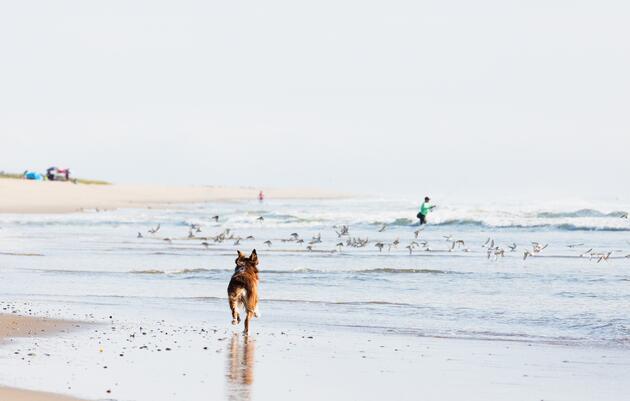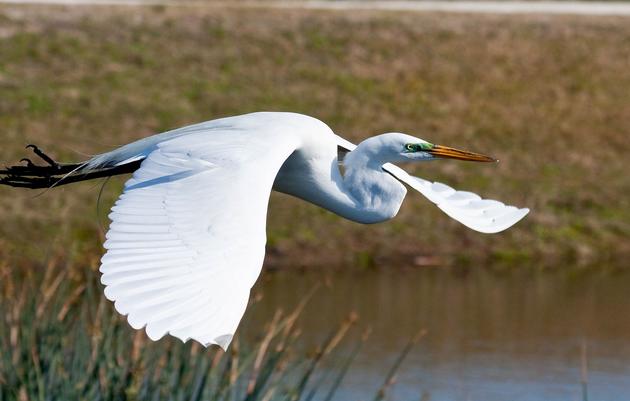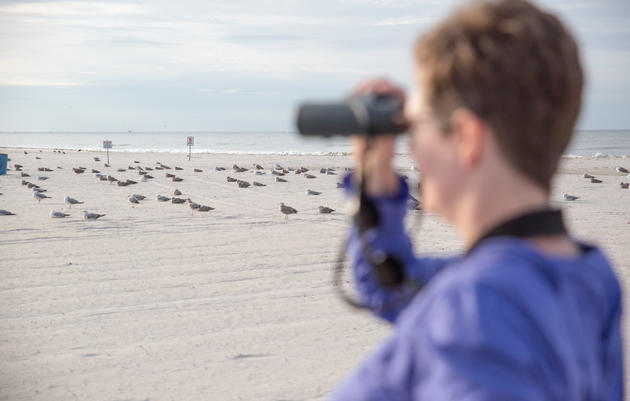Beach-nesting birds like the Piping Plover, American Oystercatchers, and Common and Least Terns face many challenges. While factors like extreme weather and predation are out of our control, there are ways we can help keep these birds safe.
A new (and easily preventable) threat to nesting shorebirds is on the rise: flying drones.
Shorebird parents are fierce protectors of their eggs and hatchlings. Foxes and feral cats are a couple example of predators on the beach, but gulls, Peregrine Falcons, and Black-crowned Night Herons will also go after eggs and hatchlings. When an avian predator comes too close to a nesting area, one or both of the parents will aggressively chase off the threat and some will even use a dive-bomb tactic.
Flying drones around nesting areas creates a serious problem for shorebirds, as the drone is perceived as an avian predator. The drone will trigger the same response as a gull or falcon flying too close and the nesting birds will try to chase off the drone. Of course, unlike another bird, the drone will not be scared off.

Drones can cause nest abandonment as well as serious injury to birds that may divebomb a drone and make contact.
During the 2021 nesting season a pair of nesting Piping Plovers and American Oystercatchers in Connecticut were subject to repeated harassment from a drone. Before the drone problem could be solved the birds had already been negatively impacted. The constant disurbance and perceived threat caused the plovers to abandon their nest. The oystercatcher sustained a leg injury after chasing and divebombing the drone (it has since fully recovered and did hatch chicks, but sadly none survived).
Even in situations where the bird does not become injured, it may spend a lot of time trying to chase off a drone, leaving eggs and hatchlings unprotected and susceptible to other threats, such as predators or simply exposure, which can lead to death.
How to safely fly a drone at the beach:
- Don't fly drones near designated nesting areas or flocks of birds
- If you see someone flying a drone near a nesting area, contact the appropriate authorities, as harassment of these birds is illegal under the Migratory Bird Treaty Act
- Know the drone laws for your town and FAA regulations for flying drones near airports
- Watch for distressed bird behavior, such as chasing a drone, vocalizing or alarm calling, flying up in large groups and possibly divebombing
- Give beach nesting and resting birds space during all your outdoor activities








